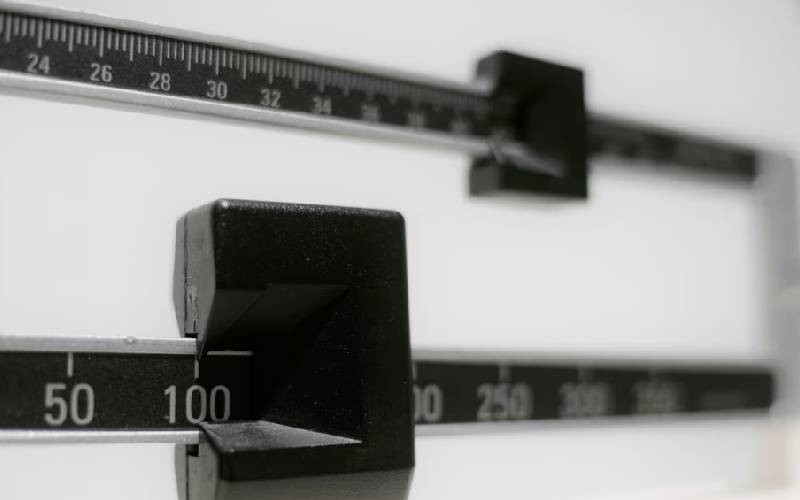
As we get older, it gets easier to round up extra fat and much more laborious to lose it. The strain of aging fused with excess body weight can easily render you susceptible to numerous illnesses. More deliberate effort needs to be put to ensure that you maintain a healthy and toned body.
1. Inactive routines
People in their 40s and 50s tend to move a lot less compared to their younger counterparts. It is unfortunate that even with a more sedentary lifestyle, older people do not restrict calorie intake based on their level of activity. In addition, as we age, the body generally becomes less efficient at transforming food into energy. The end result is gaining extra kilos a lot faster.
What to do: Try walking to work, and walk faster. Leave your car farther away from the office. Take the stairs. Go for a run every Saturday morning at a nearby park. Dance. Get up and move.
2. Loss of muscle
Muscles naturally shrink with age. Age-related muscle loss begins as you hit 40. The everyday wear and tear inevitably damages muscle tissues and the body becomes less efficient in replenishing them. Since muscles consume high amounts of glucose, diminishing muscle mass will mean that there will be less to utilise that glucose. Eventually, excess calories end up being stored as fat. Diminishing muscle cells and gaining extra calories result in decreased strength, body movement and endurance for activity. Recovering from workouts also takes longer.
What to do: A blend of regular resistance training and healthy diet helps in improving muscle mass. Eat sufficient high protein foods. Increase frequency of exercises that work several muscles simultaneously. Go for a sports massage should you suffer muscle inflammation after working out.
3. Hormonal changes
Estradiol, a form of estrogen hormone, helps in regulating metabolism in women. It however decreases with age. Hormonal changes during menopause contribute to alteration of fat storage areas in the body. These changes result in accumulation of visceral fat which increases insulin resistance and promotes the development of Diabetes Type 2. In men, testosterone hormone is linked with fueling metabolism, maintaining the body’s sensitivity to insulin and building muscle. Unfortunately, testosterone levels also deplete with age. Low testosterone allows easier storage of body fat. Loss of muscle also makes it harder to exercise.
What to do: Keep aerobic exercises and portion control as priority fitness practices. Take meals and snacks timely to counter mindless feeding. Avoid alcohol which fills the body with empty calories.
4. Increasing stress levels
As we grow older, we experience stress from demanding jobs, parenting, planning for retirement and other responsibilities. Stress increases the secretion of cortisol, the stress hormone which ends up being stored as fat in the body when its production is unnecessary.
What to do: Relax. Indulge in fun exercises like swimming to elevate your mood. Have a consistent sleeping pattern of up to seven hours shut-eye per night.
Stay informed. Subscribe to our newsletter
 The Standard Group Plc is a
multi-media organization with investments in media platforms spanning newspaper
print operations, television, radio broadcasting, digital and online services. The
Standard Group is recognized as a leading multi-media house in Kenya with a key
influence in matters of national and international interest.
The Standard Group Plc is a
multi-media organization with investments in media platforms spanning newspaper
print operations, television, radio broadcasting, digital and online services. The
Standard Group is recognized as a leading multi-media house in Kenya with a key
influence in matters of national and international interest.
 The Standard Group Plc is a
multi-media organization with investments in media platforms spanning newspaper
print operations, television, radio broadcasting, digital and online services. The
Standard Group is recognized as a leading multi-media house in Kenya with a key
influence in matters of national and international interest.
The Standard Group Plc is a
multi-media organization with investments in media platforms spanning newspaper
print operations, television, radio broadcasting, digital and online services. The
Standard Group is recognized as a leading multi-media house in Kenya with a key
influence in matters of national and international interest.









